Behind the Scenes
An Ode to Human Connection: Director David Findlay on the creative process and challenges he faced making his short film Air.
2020 has been a wild ride of a year. It’s brought with it a number of challenges that have shaped so many areas of our normal lives. And while there has been a lot of content about how we are in this together, we felt that in his film Air David Findlay brought a unique perspective to the conversation.
“I attempted to create more of a timeless ode if you will to human connection and to adaptability and kind of to solidarity, uniting people, even though no one can physically touch.” David told us.
Air is a subtle short, that whilst initially unassuming packs with an optimism that has been largely vacant during this year. We loved having a chance to sit down with David and learn a bit about how this project came together and the challenges that faced it along the way.
Filmsupply: Where did you get the idea for Air?
David Findlay: In April the state of the world had changed, and I was observing people’s interactions thinking, “Oh, there’s just such awkwardness around what we used to take completely for granted – handshakes, hugs, kisses, greetings.” I just started jotting down ideas and little notes into my phone. The idea wasn’t a lightning rod that struck me, but rather one that came piece by piece.
Then in June I was skateboarding and ended up hurting my back pretty badly. I was in bed for a week, which made me really upset at first but I thought, okay, now is the time to piece this together. That’s when it really started to form into something.
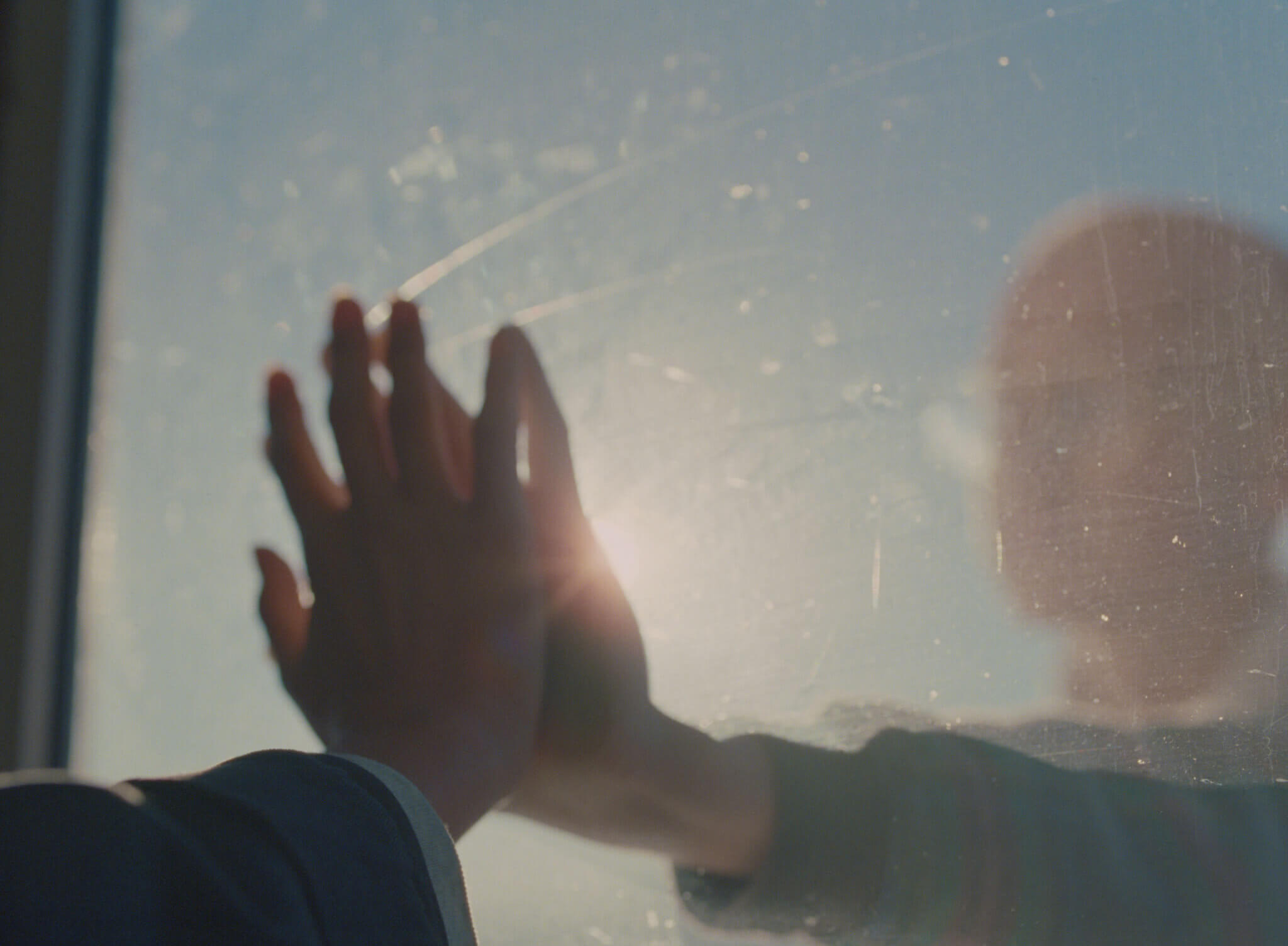
When did you know you had something worth making?
I started by just writing out each of these scenes and at first, I was thinking I would focus on the awkwardness of these behaviors, but then I thought “maybe it’s better if we just have these characters play it straight”.
I think we’re just compensating for the lack of physical connection. Like, why do we shake hands at the end of a soccer game? It’s to show good sportsmanship and to show respect to your opponents. I think if you can’t do it physically, where maybe you just take it for granted and you just “whatever” shake hands, then you’re actually forced to think about, why do we do this? Since I can’t touch this person I’m going to convey the meaning of doing this ritual through my body language, through my gaze, the way I look at them. It’s about noticing those subtle cues and the meaning and weight they have, in light of not being able to physically touch.
Air is being seen right now in 2020 through the prism of this COVID world that we’re living in. But I didn’t want to have to be too fully, completely rooted in that world. I attempted to create more of a timeless ode if you will to human connection and to adaptability and kind of to solidarity, uniting people, even though no one can physically touch.
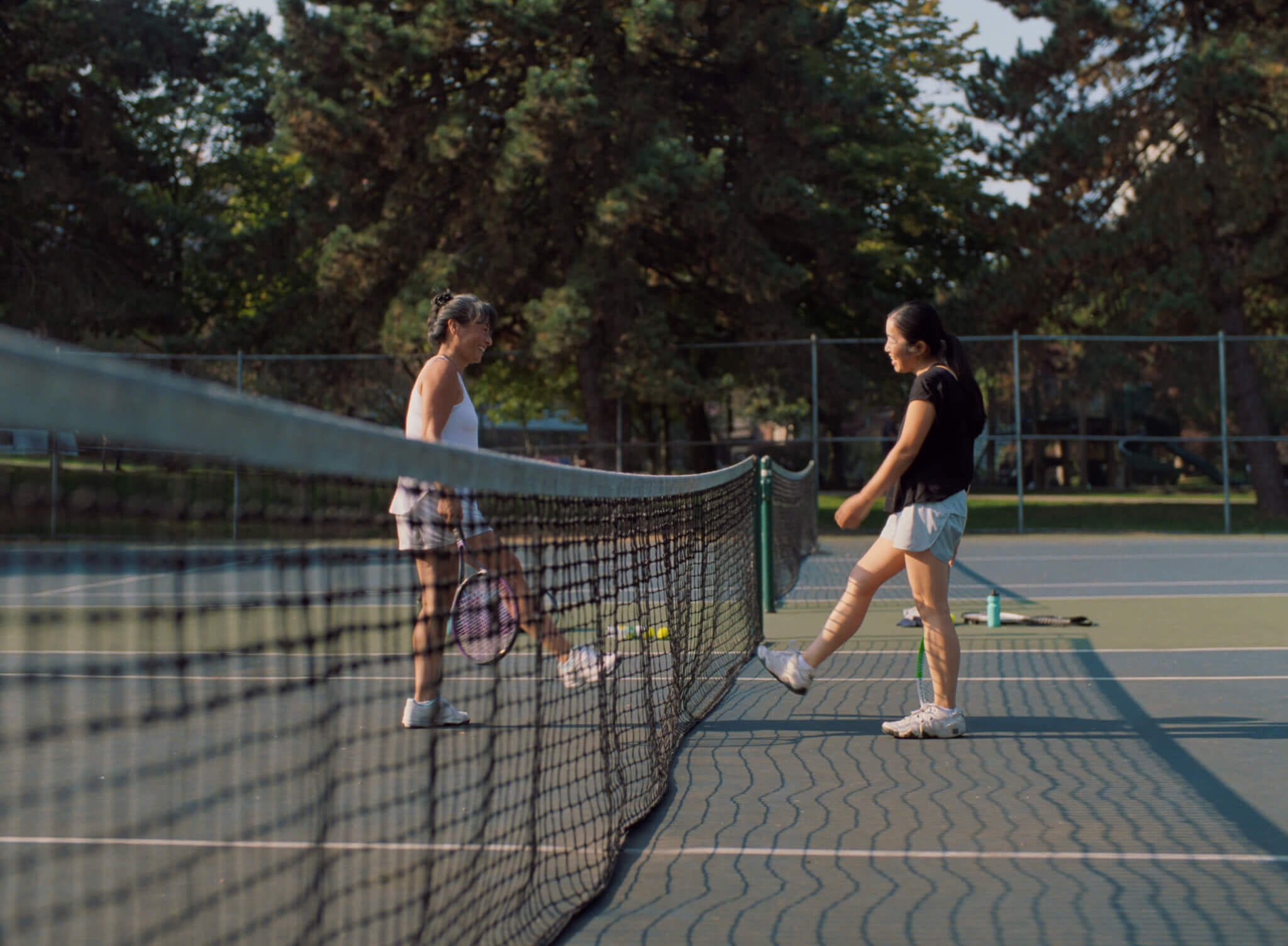
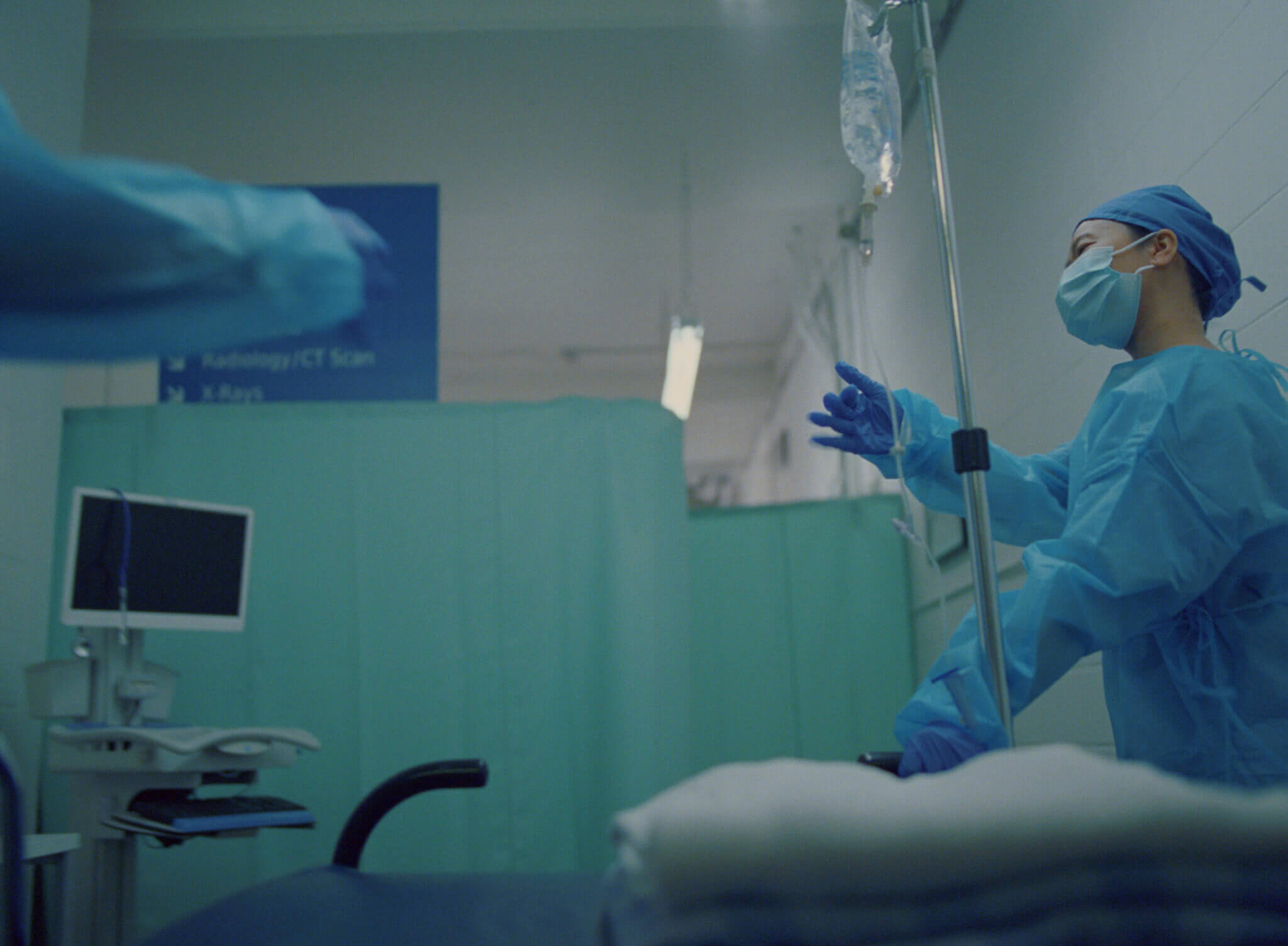
Air starts out very subtle, was that intentional?
Yeah totally, I wanted to build a bit of a riddle for the audience to figure out. I think films tend to stick with you longer if you are asked to actively engage in what you are watching, even challenged. I started ranking each of the scenes by how obvious they were. I gave a score to each scene of 1-10, 1 being super subtle and 10 being very obvious.
The idea was to engage viewers by creating these scenes that feel familiar, but are also kind of unnatural. I started with the really subtle scenes and built up from there riding that very fine line between being way too opaque and too obvious, which to me would be just totally boring. But because we’re building on scene after scene there is a compound effect of seeing 3 or 4 of these scenes together, it adds meaning in a way you wouldn’t get from each scene if you saw them individually. The idea is to hopefully never get to 10 because it would be too obvious.
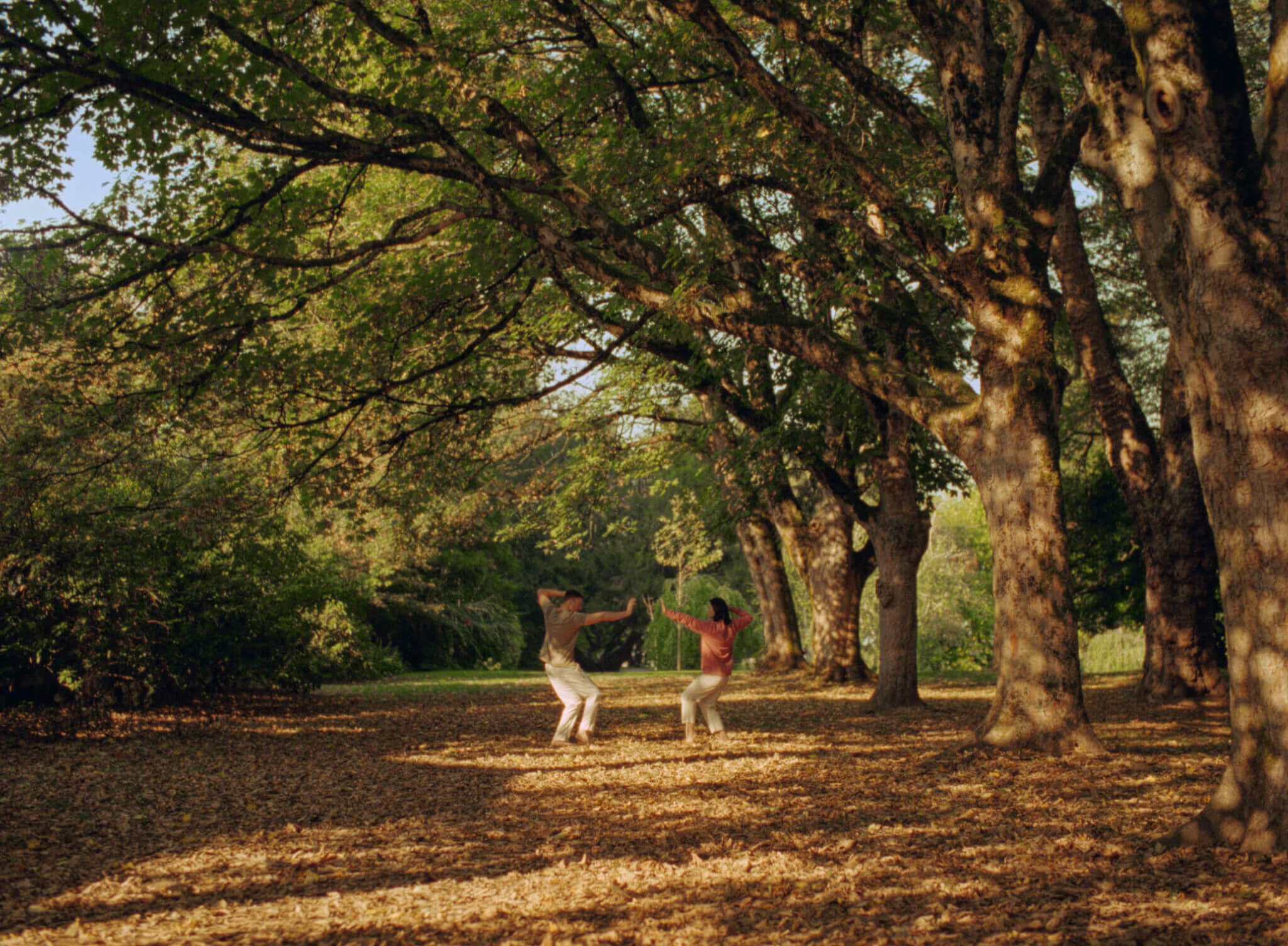
How did you approach production from a logistical standpoint?
All the credit here goes to my producer Joaquin Cardoner, it was an incredible logistical feat. We had 15 scenes and about 50 talent to fit in a 3 day shoot. Lots of moving pieces. Then a day before we were originally slated to shoot we had to pull the plug on the whole thing due to the smoke that blew in from the California wildfires. There was smoke everywhere… and it just looked gross outside. That was a really hard moment for Joaquin and I because we weren’t sure when we’d be able to shoot again, but thankfully we were able to shoot just 3 weeks after the initial date but we had to recrew several key positions.
Regardless of COVID, it was a super tight schedule, and that definitely brought challenges. We had a designated COVID officer who was there to police, “people, keep your mask on, make sure you’re two meters away, make sure this and that” and for me so much of directing actors is how you communicate, not what you say. Sometimes you want to be closer and say something without having to yell or speak from two meters apart to express what you’re trying to achieve.
With our tight schedule, every 2 hours or 3 hours, I’m with different actors. We couldn’t cast in person so I met a lot of these actors for the first time in person on the day. You’re like, “ah, it feels like starting from scratch all the time”. We get on set and then it’s, okay, let’s rehearse this, without the camera. And it may be quite far off the mark and I’m like, “Okay, well… let’s break it down” and just figure out the pace of it, the rhythm of it. Then it starts getting closer and closer and eventually you get it. Then because we were shooting on film, we would do 2 takes, maybe 3… and we move on and start the process all over again with the next scene.
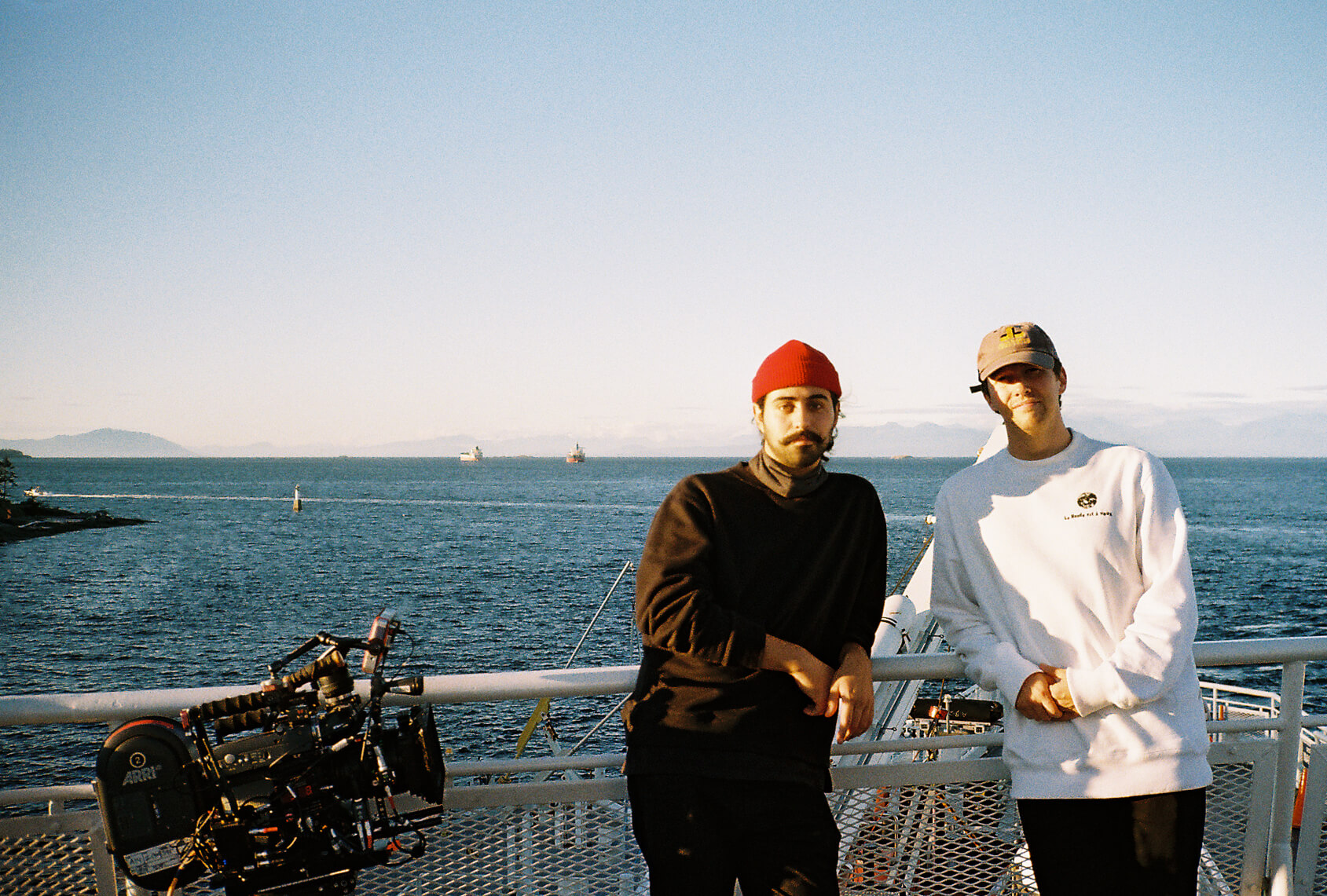
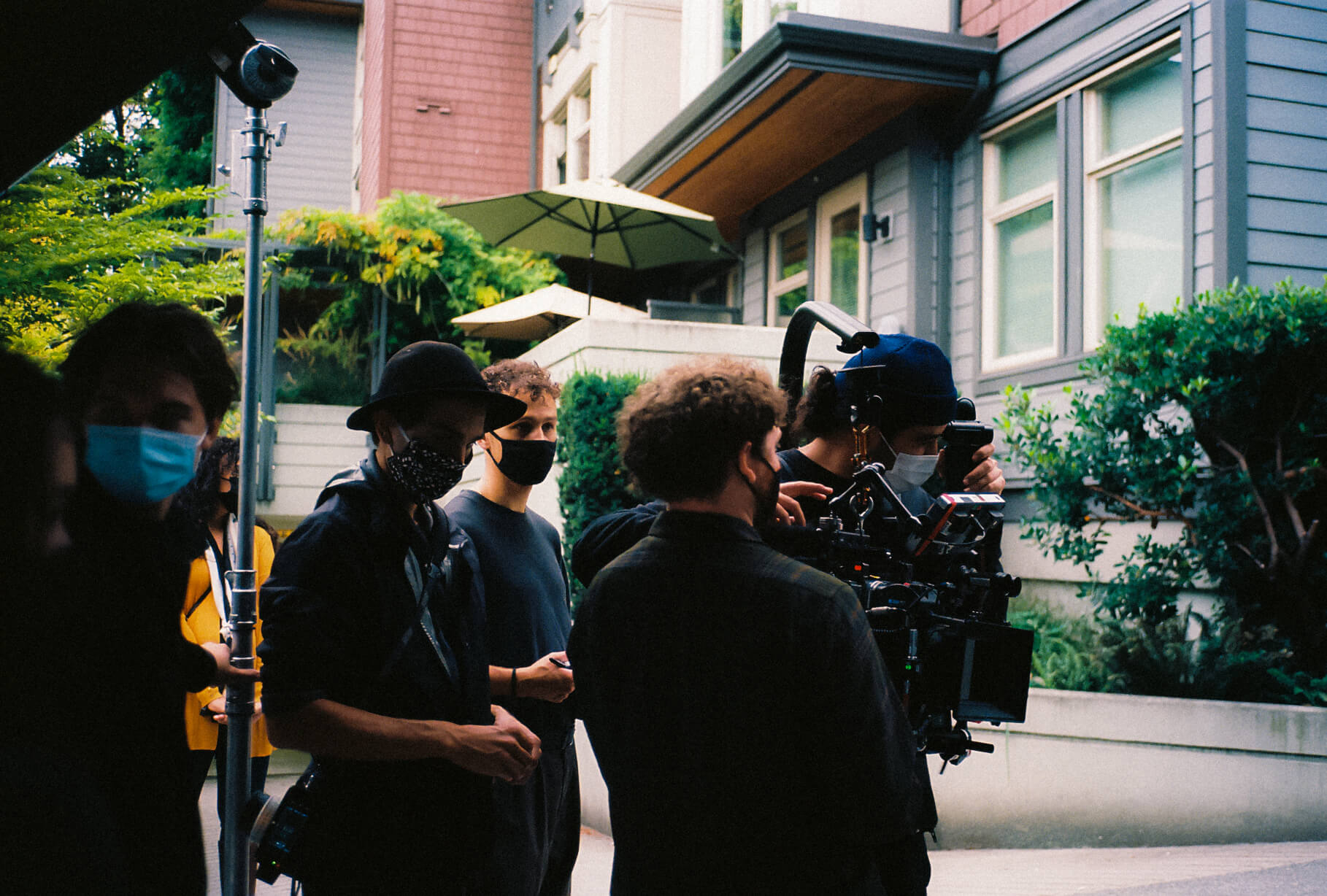
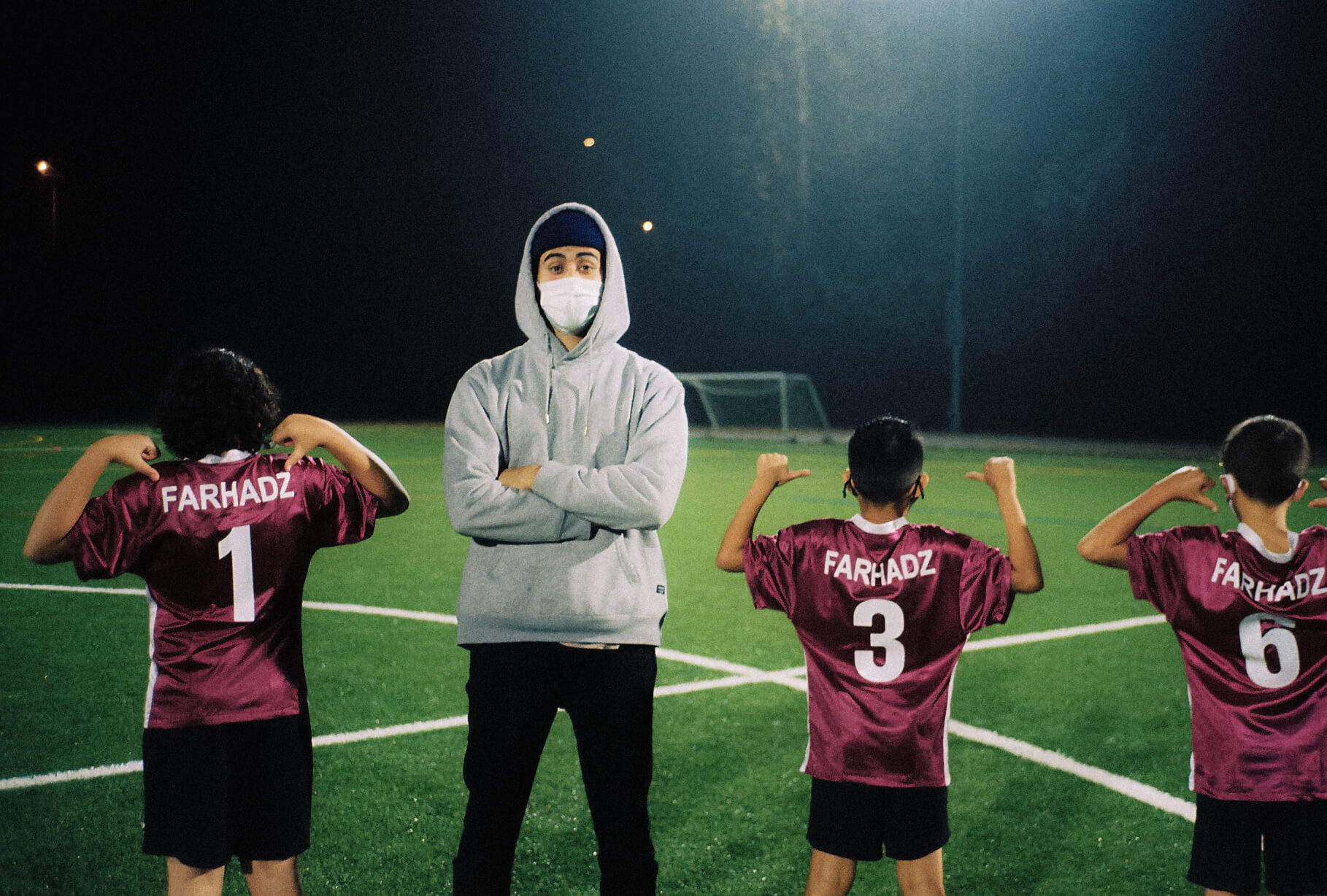
How did the editing process work?
So I work with a brilliant editor, Alexander Farah, who’s edited my last few pieces, and we just kind of pitch it back and forth to one another. He’s in Vancouver, I’m in Toronto. We’ll do a few sessions together, but I think it’s just so valuable to have a more objective perspective on it. But also I do love having my own hands in it, getting very familiar with all the material.
I always think of an editor, in a non-film way as well you know, like in publishing an editor just kind of synthesizes ideas with you and has that perspective that sometimes you don’t have as a director because you’re just so close to it. For example, maybe you are on the fence about a shot that just took so long to get and you need an editor to tell you frankly, yeah but it just isn’t very good. And then you go, okay, you’re right. Alex is a really good editor for that, to break it all down and make sense of things that I haven’t even made sense of, personally through long conversations and very thoughtful questions. It’s been a really fruitful collaboration for sure.
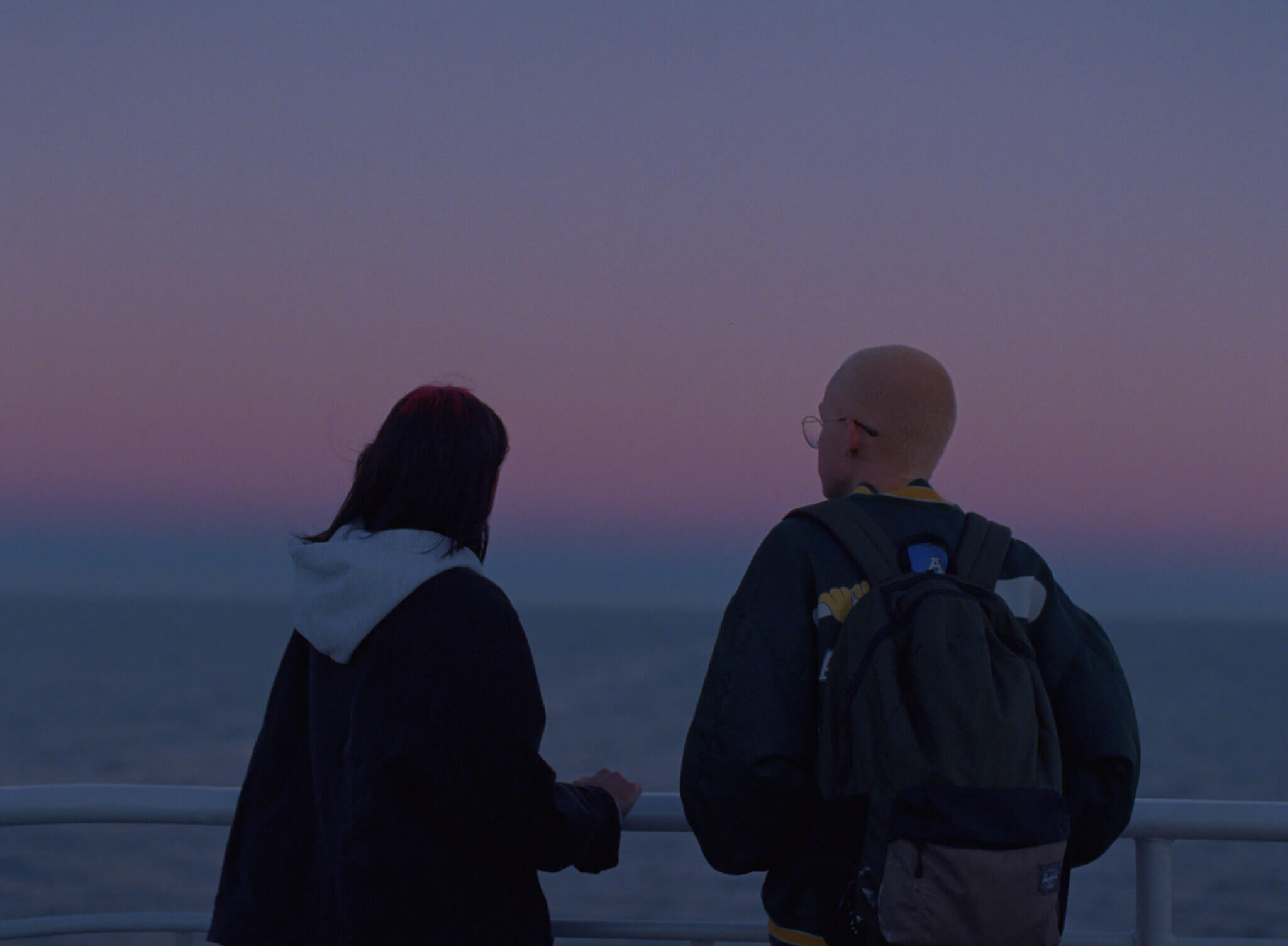
There are some similarities between this film and other pieces you’ve made, do you feel there is a distinct lens or perspective you are attempting to bring to each project?
I think I have some degree of self-awareness, for sure, but maybe haven’t really taken the time to dissect that myself. When you start, I guess, you kind of mimic or try to go about making films in a similar way to filmmakers you respect and admire. And eventually you kind of realize, don’t try to be anyone else, everyone else is taken. There is only one you. Your perspective is what makes you unique and all you can do is be the most you you can be.
I think I’m really attracted to what’s authentic, whatever shape that might take. I’ve been blessed to somehow have the best friends in the world and many of the films I’ve made have come from these relationships. That’s why I make films, to connect honestly, with people whether it be the subject of a documentary or an actor or a fellow filmmaker, collaborator, DP, producer. I feel everything I’ve done that has meant anything to me came from doing it, not from a goal-oriented process but from one that prioritizes the experience of its making. And then no matter the subject or project, you always come out at the end of it with a deeper appreciation for others and their experience.
